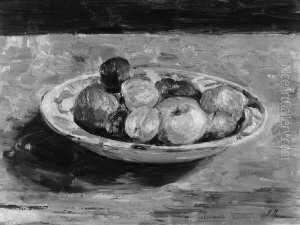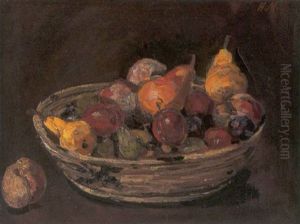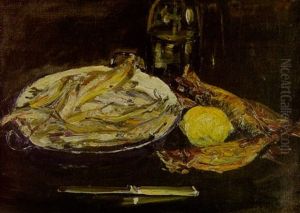Hertha Mackensen Paintings
Hertha Mackensen was a German visual artist known primarily for her sculptural works. Born on March 10, 1893, in Nuremberg, Germany, she was part of an artistic milieu that was rapidly evolving with the advent of modernism in the early 20th century.
Mackensen studied under the renowned sculptor Georg Kolbe, who was one of the most prominent German sculptors of the time. Under Kolbe's tutelage, she honed her skills and developed a personal style that often incorporated elements of expressionism and naturalism. Her work was influenced by the changing artistic movements of her time, including expressionism and the avant-garde.
Throughout her career, Hertha Mackensen's sculptures revealed a deep appreciation for the human form and a penchant for capturing the emotions and spirituality of her subjects. She often worked with traditional materials such as bronze and stone, but she was also known to experiment with more innovative mediums.
During the tumultuous times of the early to mid-20th century in Germany, including both World Wars and the interwar period, Mackensen, like many artists, faced challenges that affected her artistic production and the reception of her work.
Despite these challenges, she continued to create and exhibit her work. Her pieces were included in various exhibitions and can be found in public and private collections. Her contributions to German sculpture have been recognized posthumously, and her works are studied for their unique blend of traditional sculptural techniques with the emotional intensity characteristic of early 20th-century art.
Hertha Mackensen's death on July 25, 1982, marked the end of her life but not her legacy. Her work remains a testament to the vibrancy and diversity of sculpture during a period of great innovation and change in the art world.


